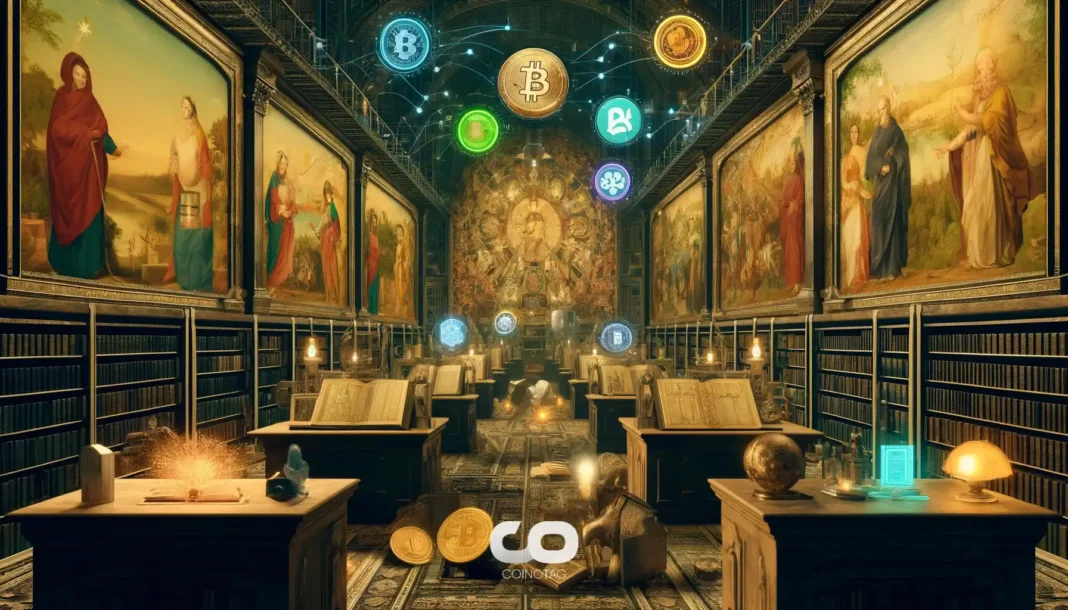-
Ethereum co-founder Vitalik Buterin has proposed EIP-7983, introducing a 16.77 million gas cap per transaction to enhance network stability and scalability.
-
This gas cap aims to reduce denial-of-service (DoS) attack risks while supporting Ethereum’s evolving infrastructure and transaction efficiency.
-
According to COINOTAG, Buterin emphasized the importance of maintaining low Layer 1 fees and sufficient transaction space to preserve Ethereum’s censorship resistance.
Vitalik Buterin’s EIP-7983 proposes a 16.77 million gas cap to improve Ethereum’s scalability, reduce DoS risks, and maintain low transaction fees for network stability.
Understanding EIP-7983: The 16.77 Million Gas Cap and Its Impact on Ethereum
Vitalik Buterin, alongside developer Toni Wahrstätter, introduced Ethereum Improvement Proposal 7983 (EIP-7983) to set a dedicated gas cap of 16.77 million per transaction. This cap is distinct from the existing block gas limit and is designed to mitigate denial-of-service (DoS) vulnerabilities that have previously affected the Ethereum network. By limiting the gas consumed per transaction, the proposal aims to streamline transaction processing, reduce network congestion, and enhance overall scalability. The Ethereum Foundation has expressed support for this approach, recognizing its potential to facilitate future protocol upgrades and maintain network efficiency.
Community Feedback and Market Implications of the Gas Cap Proposal
The introduction of a fixed gas cap has generated a largely positive response within Ethereum’s active community forums such as Discord and Reddit. Users and developers appreciate the proposal’s focus on improving transaction throughput and lowering the risk of network abuse. However, some caution remains regarding the technical challenges of implementing the cap without disrupting existing smart contracts or decentralized applications. Market analysts suggest that by potentially lowering transaction fees and improving reliability, EIP-7983 could influence Ethereum’s adoption and trading volumes, especially as weekly interactions surpass 15.4 million. This adjustment aligns with broader efforts to optimize Layer 1 operations amid rising demand.
Historical Context: Lessons from the May 2025 Block Gas Limit Increase
In May 2025, Ethereum’s block gas limit was increased to 36 million, temporarily easing transaction fees but contributing to accelerated state growth and increased resource demands on network nodes. This historical adjustment highlighted the delicate balance between scalability and decentralization. Experts from Kanalcoin note that EIP-7983’s targeted gas cap approach could offer a more sustainable path forward by controlling per-transaction resource usage without compromising network decentralization. This balance is critical for supporting Ethereum’s expanding ecosystem, including Layer 2 solutions and emerging decentralized applications.
Vitalik Buterin’s Perspective on Censorship Resistance and Network Fees
Vitalik Buterin has underscored the practical importance of maintaining Ethereum’s censorship resistance, stating, “The practical value of the censorship resistance guarantee is dependent on (i) L1 fees being sufficiently low, and (ii) L1 having enough space that users can send bypass transactions even if an L2 censors a large number of users en masse.” This insight highlights the interconnected nature of gas fees, transaction capacity, and Ethereum’s foundational principles. By proposing EIP-7983, Buterin aims to preserve these core attributes while enabling the network to handle increased transaction volumes efficiently.
Conclusion
Vitalik Buterin’s EIP-7983 represents a significant step toward enhancing Ethereum’s scalability and security by introducing a 16.77 million gas cap per transaction. This measure addresses critical network vulnerabilities and supports sustainable growth without compromising decentralization. Community feedback reflects cautious optimism, recognizing the proposal’s potential to improve transaction efficiency and reduce fees. As Ethereum continues to evolve, such protocol improvements will be essential to maintaining its position as a leading blockchain platform. Stakeholders are encouraged to monitor ongoing discussions and participate in the development process to ensure robust and inclusive network upgrades.






